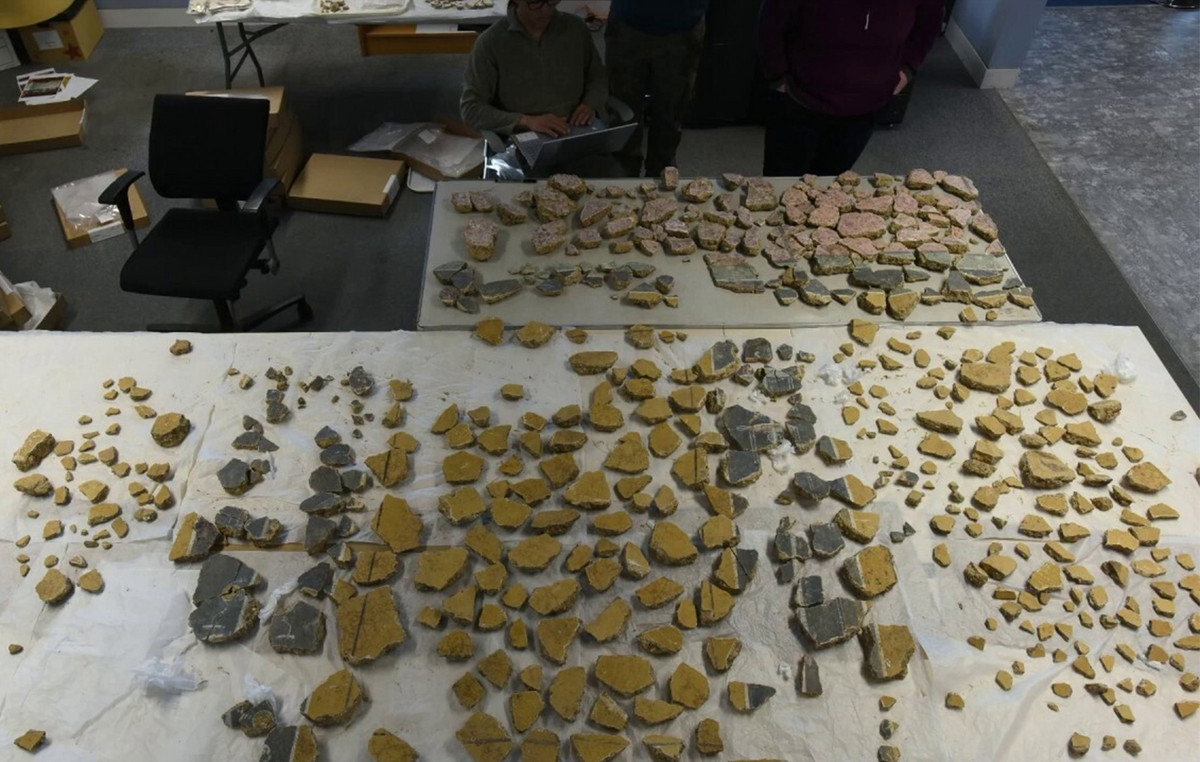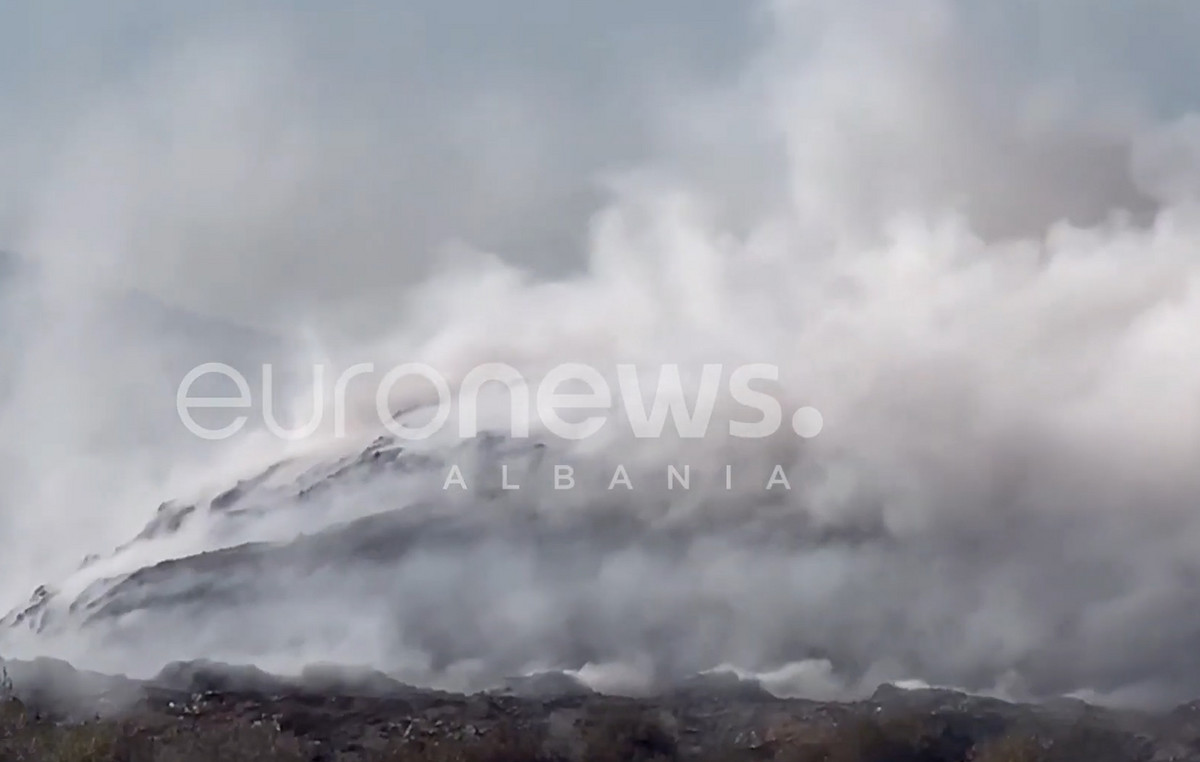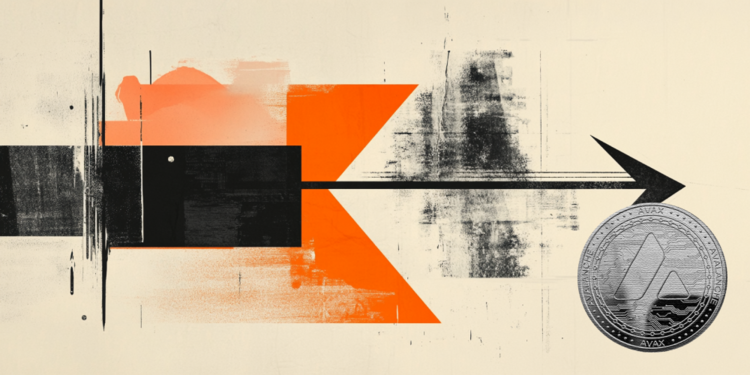On January 15, an undersea volcano near Tonga, Oceania, erupted violently, triggering a tsunami in the Polynesian country and sending a cloud of ash and gas vapor into the air.
The episode was hundreds of times more powerful than the atomic bomb on Hiroshima, according to NASA.
Almost two weeks after the intense eruption, the effects of the cloud expelled into the atmosphere were felt in Brazil.
According to Climatempo, during the dawn of January 26, it was possible to notice a different color in the sky of the city of São Paulo.
“Other images seen by Climatempo in the region of Rio De Janeiro, Formiga (MG) and Governador Valadares (MG) suggest that the aerosols produced by the explosion of the Tonga volcano are already present in the upper atmosphere over these states,” Climatempo reported. .
AT CNN, Climatempo meteorologist Josélia Pegorim explained that the volcanic plume that emerged in Tonga reached an altitude of about 26 km in the stratosphere, and the natural currents of the atmosphere at that time allow this material to spread easily.
She adds that the released sulfur dioxide gases, upon reaching the stratosphere, transform into aerosol or sulfate particles.
“It is this sulfate that interacts with sunlight. Then we started to see this special purple and orange coloring at sunrise, but that can also be seen at sunset,” he said.
The meteorologist points out that the arrival of a cold front in the Southeast will form areas of instability, with a large amount of cloud cover. This will make it difficult to see the phenomenon caused by the Tonga eruption.
“When these areas of instability start to weaken, we will be able to see these colors again at dawn and dusk”, concluded Josélia.
In an interview given to Climatempo, the professor at the Institute of Astronomy, Geophysics and Atmospheric Sciences (IAG) at USP, Marcia Yamasoe, pointed out that there is no risk of acid rain, despite the instability caused by the cold front.
She comments that the material is far above the clouds, which rules out that possibility. “When this material starts to settle, it will be dispersed over an area so large that the amount of sulfate that eventually descends will be a very small amount”, he explains.
Reference: CNN Brasil







